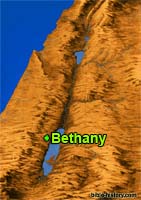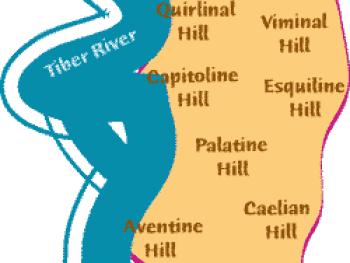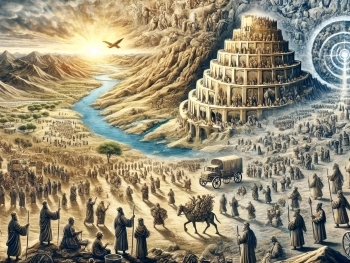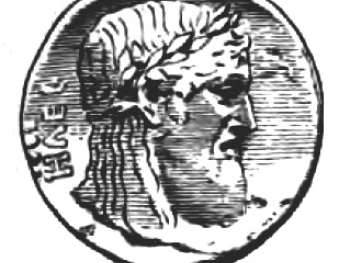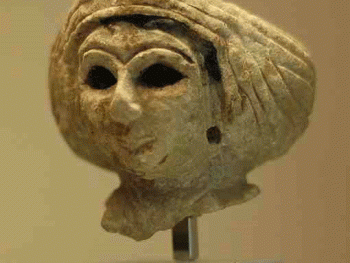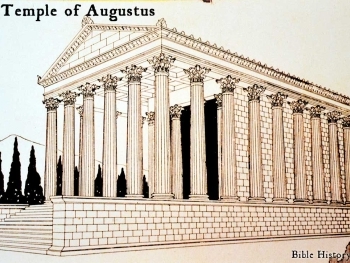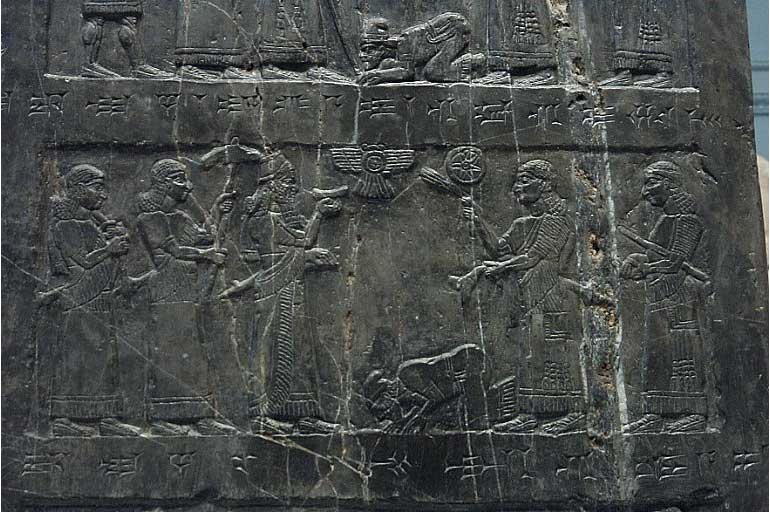
In 1846 an English traveler and artist named Austen Henry Layard was digging around the ruins of ancient Nimrud (known as Calah) in northern Iraq. He discovered something amazing, a black limestone obelisk now referred to as “The Black Obelisk of Shalmaneser III”. Shalmaneser ruled ancient Assyria around 850 BC. Archaeologists determined that one of the carved images and inscriptions on the obelisk revealed Jehu, the king of Israel bowing before the powerful monarch with his face to the ground. It was the same Jehu that is mentioned in the Bible.

